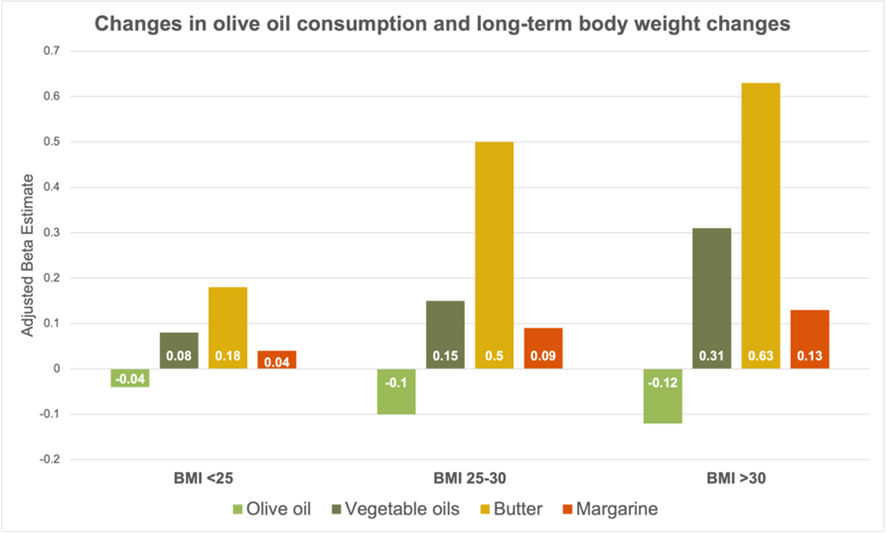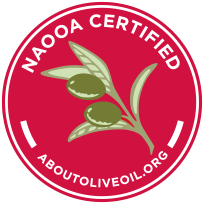Olive oil is great for cooking practically anything, and it makes the food cooked in it more nutritious, too! A study published in the journal ACTA Scientific Nutritional Health found that extra virgin olive oil is the most stable and safest cooking oil when heated—even at high temperatures often used in frying and baking. In the study, extra virgin olive oil outperformed all other cooking oils, including canola, avocado, peanut and coconut oils.
Smoke point isn’t the best indicator of how a cooking oil will perform when heated, and cooking oils rarely reach their smoke point in home cooking. The Washington Post took on this very issue in an article titled, “What you should know about oil smoke points — and why they’re not as scary as you might think,” which says:
We’ve consistently heard from readers chiding us for recommending roasting food with olive oil in the oven at a temperature above the supposed smoke point…but there’s more at play here…there are plenty of other things to absorb the heat and energy — the pan, the food, the moisture of the meat or vegetables. Water or a sauce with the food can help, too. The oil is not taking the brunt of the heat, and it’s unlikely that the temperature of the oil will equalize to that of the oven itself. If it did, your food would probably be dried out and inedible anyway.
To demonstrate The Washington Post’s point about olive oil rarely reaching the smoke point, we filmed a video showing an infrared thermometer being used to measure the temperature of food sautéed in extra virgin olive oil. We turned the heat to high on a gas range, and the food never got close to the smoke point. You can check out the video and read the more detailed post here.
Because olive oil is delicious and can withstand heat, you can use it for everything from dipping and salad dressings to baking, frying, grilling and everywhere in between. The U.S. Department of Agriculture (USDA) even includes olive oil on its list of recommended oils to safely fry with.
As a bonus, research has shown that cooking with olive oil actually increases the health benefits of our food. The healthy phenols and antioxidants found in olive oil are transferred to the food it’s cooking, making it more nutritious. Olive oil also helps the food it’s cooking release its own bioactive compounds and improves their absorption.

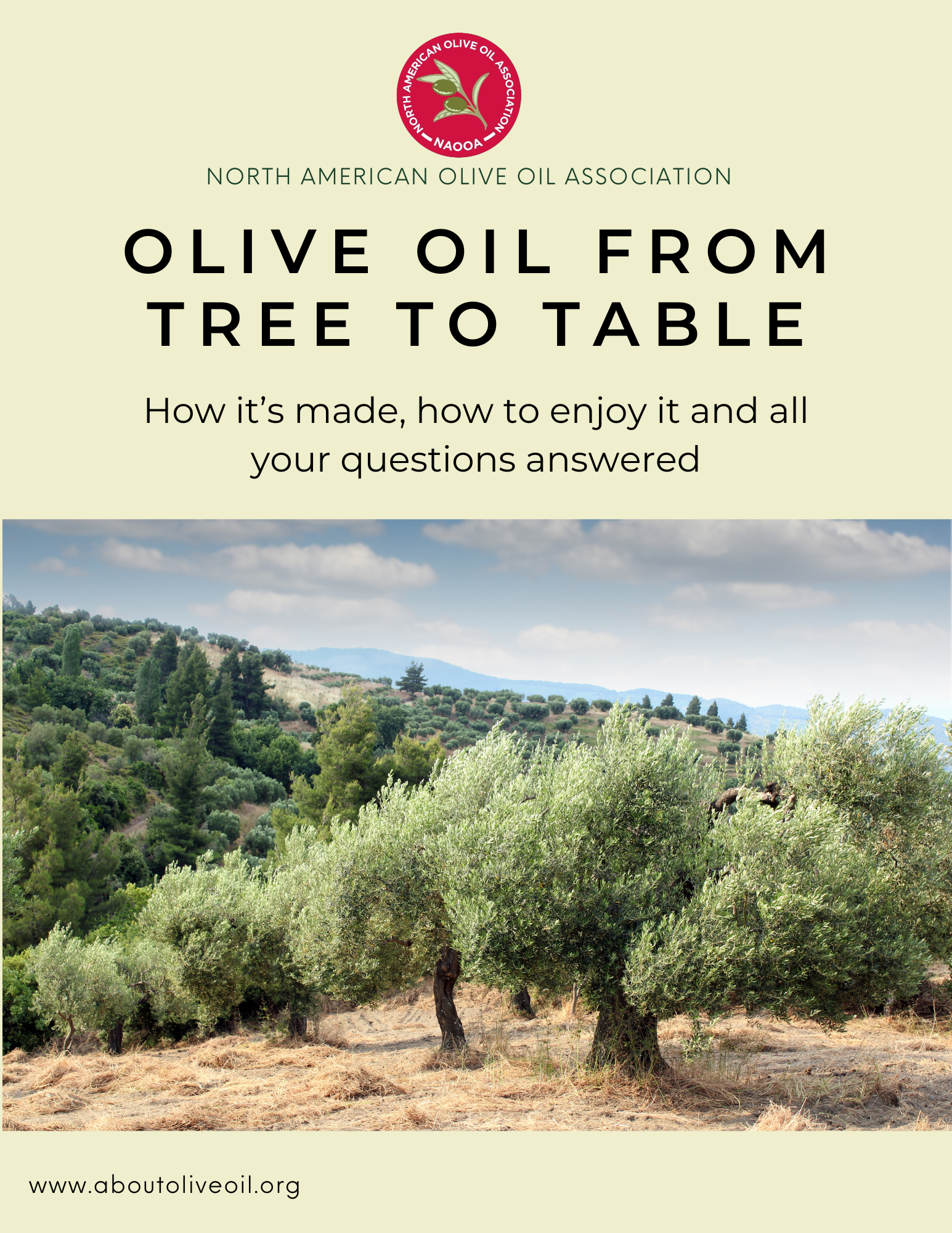

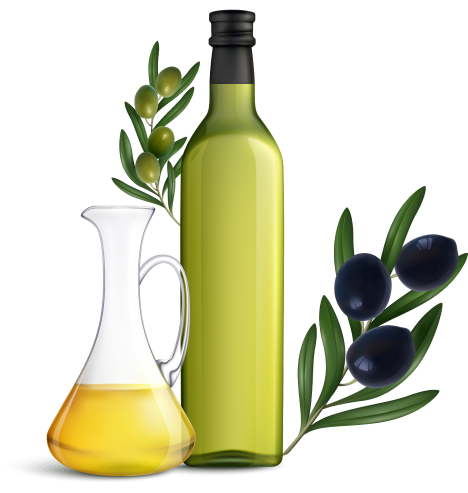


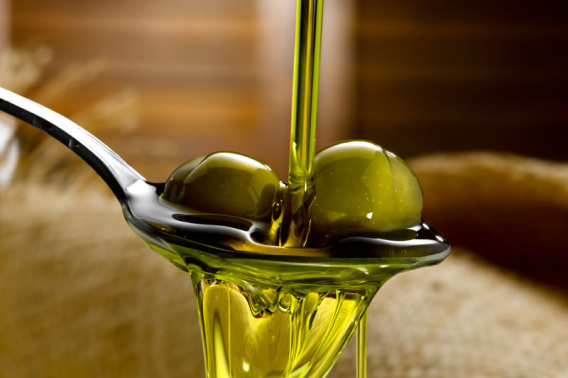
.png)
.png)
.png)
.png?width=80&name=Modo_de_aislamiento%20(1).png)

.png)

